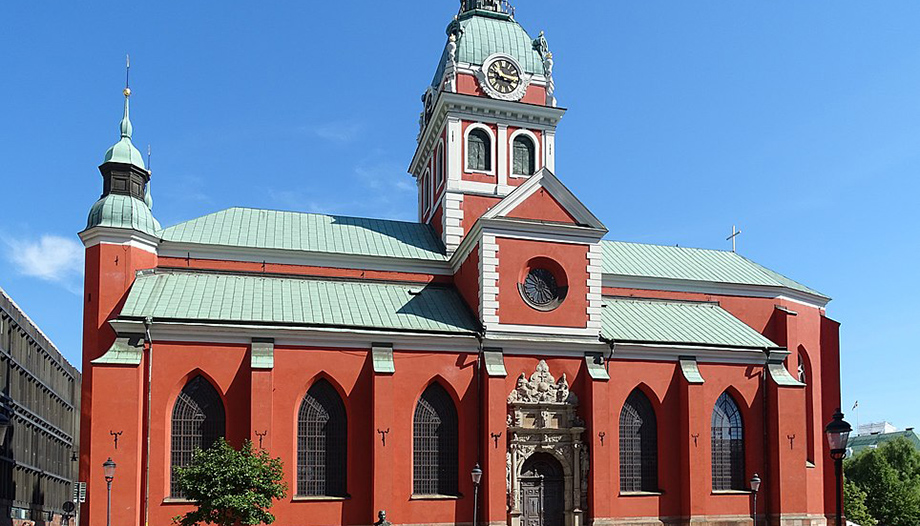In the Nordic countries there was also a tradition of pilgrimages to Nidaros (today's Trondheim in northwestern Norway). The medieval tradition of pilgrimages was well received in the Nordic countries, also because of its adventurous character.
St. Bridget, the Swedish national saint and patron saint of Europe, gave them a boost when she herself and her husband made a pilgrimage to Santiago de Compostela in 1343. They made the whole way on foot over several months. Today the distance is 3200 km by the shortest route. We do not know exactly how far the saint walked, but it may have been even longer. On the return journey - in Arras, France - her husband Ulf fell ill. St. Dionysius appeared to the saint and told her that her husband would not die on that occasion. He did so shortly after his return to Sweden and this marked the beginning of St. Bridget's activity as foundress of the new order.
The saint's pilgrimage aroused popular fervor and gradually pilgrimages to both Rome and Santiago became more frequent. In Stockholm the church of St. James (St Jakobs Kyrka) was built in the early 14th century in the present-day Kugsträdgården park, then north of the old city. This simple wooden church was replaced by a larger, three-nave brick church in 1430. From it pilgrims set out on their long journey with the saint's blessing and protection.
Protestantism literally erased Catholicism and its customs, including pilgrimages, during the 16th and 17th centuries. From the eighteenth century onwards, a new openness was glimpsed, which would not be complete until the end of the last century.
The Way of St. James was officially resumed in 1999 when the Association of St. James was established in Stockholm under the auspices of the diocesan bishop; its president was permanent deacon Manuel Pizarro. The initial idea was to help rediscover the spirituality of pilgrimages among the Catholics of Scandinavia, and pilgrimages to the classic places of Christianity were encouraged: the Holy Land, Rome, Santiago and also Lourdes and Fatima. In 1999, a pilgrimage to Santiago was organized as the "First Scandinavian pilgrimage" since the Protestant Reformation. This was recognized by the Archbishop of Santiago when the pilgrims arrived at their destination and were received by the prelate, as Manuel tells us. A few years later the same bishop of Stockholm accompanied them on another pilgrimage. From the beginning, many Protestant Swedes joined these pilgrimages, seeing in them a wonderful opportunity to discover something different from what their church was telling them. They were searching for their personal path and their own vocation. In the twenty years of this initiative, more and more Lutherans have become interested. The fact that they are an Association also makes it possible to subsidize the pilgrimage for people who have difficulty paying for a long trip.












